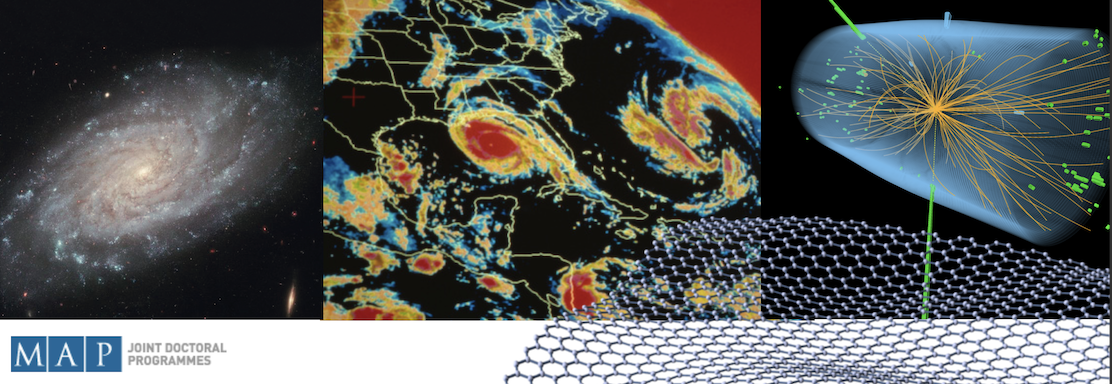Speaker
Description
INTRODUCTION
Rare-earth orthoferrites, such as NdFeO3, exhibit intricate magnetic and structural transitions, making them compelling for spintronics and optoelectronic applications. NdFeO 3 undergoes a spin-reorientation transition (SRT) between 170 K and 100 K, accompanied by symmetry changes from orthorhombic (Pbnm) to monoclinic (P2 ₁/c). This work explores these phenomena and their implications, leveraging both experimental data (1-3) and first-principles calculations. The inclusion of hydrogen impurities and their behavior further adds novelty, offering insights into local environments and structural transitions relevant to muon spin spectroscopy.
EXPERIMENTAL / THEORETICAL STUDY
The research combines experimental techniques, including Resonance Ultrasound Spectroscopy (RUS) and muon spectroscopy measurements, with computational approaches using Density Functional Theory (DFT) implemented in VASP.
Simulations incorporate Generalized Gradient Approximation (GGA), PBE+U, Hubbard U corrections, and spin-orbit coupling to examine the magnetoelastic properties, and hydrogen (H) impurity effects.
RESULTS AND DISCUSSION
Experimental results reveal a structural phase transition that occurs during SRT, with monoclinic symmetry emerging below 170 K and disappearing by 105 K (4). This transition aligns with the observed elastic constant softening (related to the acoustic frequency softening at the zone-boundary) and spin reorientation of the Fe magnetic states from the c-axis to the a-axis. Computational studies will corroborate these findings, elucidating the role of hydrogen impurities in modifying elastic properties during SRT. Preliminary simulations by including the H impurity will support muon spectroscopy observations, where evidences of a structural phase transition can definitely now be established.
CONCLUSION
This study bridges experimental observations and theoretical predictions, elucidating the SRT and structural phase transitions in NdFeO3. By incorporating H impurities and analyzing the magnetoelastic coupling, this work advances the understanding of rare-earth orthoferrites' properties. Future research will focus on high-pressure behaviors for potential spintronic applications.
REFERENCES
(1) Minh, N.Q., J. Am. Ceram. Soc. 76, 563 (1993).
(2) Harshman, D.R. et al., Phys. Rev. B. 36, 8850 (1987).
(3) Yuan, S.J. et al., Phys. Rev. B. 87 (2013).
(4) Moreira, J.A., et al., Experimental Data (unpublished).
ACKNOWLEDGMENTS
The authors acknowledge FCT for projects LA/P/0095/2020, UIDP/04968/2025 and UIDB/04968/2025, DrivenPhonon4Me- 2022-03564 PTDC, and 2022.00082. CEECIND (HYDROCAT). The authors recognize the provided HPC resources from projects POR026PROD/epor029 to access MareNostrum05 (BSC), and EHPC-BEN-2024B04-044 to access Leonardo (CINECA).
| Which topic best fits your talk? | Condensed Matter Physics and Nanomaterials |
|---|

